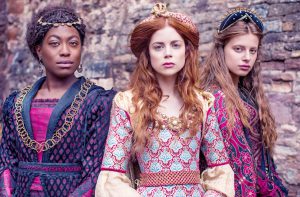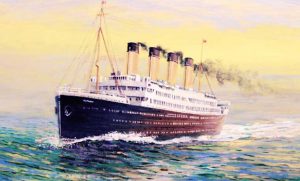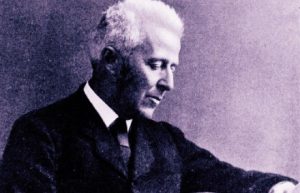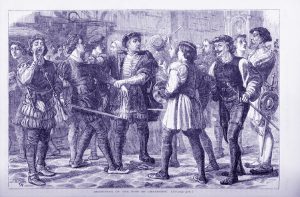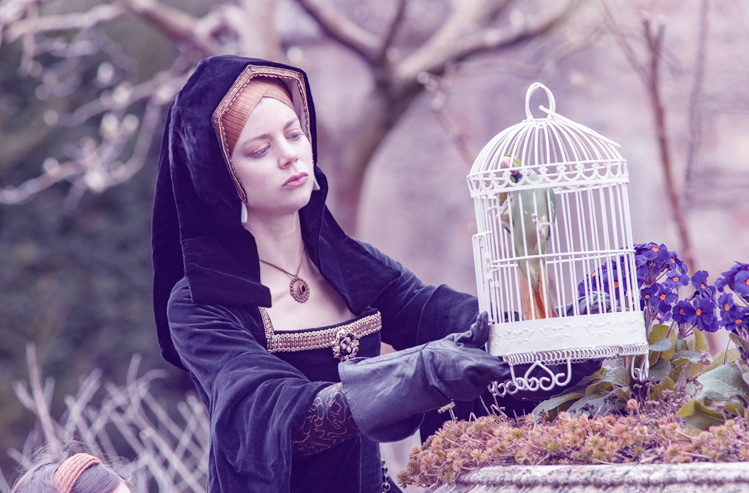
The Spanish Princess has captivated audiences with its lush costumes and dramatic portrayal of Catherine of Aragon’s early years, but how accurate is this Tudor-era television series when held up against the historical record? Based on Philippa Gregory’s novel, the show blends fact with fiction, often taking significant liberties with real events, characters, and timelines. In this essay, we’ll explore the historical inaccuracies in The Spanish Princess, separating the dramatized narrative from the documented truth about Catherine of Aragon, Henry VII, Elizabeth of York, Henry VIII, and the Tudor court.
With over 25 years of studying the Tudor period and a seven-book Tudor historical fiction series to my name, I bring a well-researched and passionate perspective to the lives of Henry VII, Catherine of Aragon, and the court that shaped them. If you enjoy peeling back the layers of fact and fiction in Tudor dramas, you’ll feel right at home here, and maybe even find yourself intrigued enough to explore my novels that bring this world to life in rich, imaginative detail.
Episode Eight: Destiny
Catherine’s persistence finally pays off as she rises to become the wife of Prince Henry. With her marriage restored and her future secured, the season ends with the promise of power, but also the storm clouds of future conflict.
Margaret Beaufort: Patron and Matriarch, Not a Murderer
I LOATHE what this show has done to Margaret Beaufort, one of the most epic feminists in history, a strategic thinker behind the throne but also a compassionate woman of faith. The real Margaret Beaufort was one of the most devout and respected noblewomen of her time. A patron of learning and religious scholarship, she founded Christ’s College and St John’s College at Cambridge, and established the first grammar school in England where poor boys (and girls, a revolutionary step forward!) could be educated. She was well-liked by contemporaries, fiercely loyal to her son Henry VII, and far from the cold, scheming caricature this show insists on resurrecting.
The series accuses her of murdering the Princes in the Tower, but Margaret had no motive, means, or opportunity to murder them in 1483. At that point, she was a powerless noblewoman married to Lord Stanley, and her son lived in exile in Brittany. Her movements were limited, and she had no access to the Tower. The idea that she masterminded their murder is pure fiction, often peddled by apologists for Richard III, who conveniently ignore that he had everything to gain from their disappearance (the kingship of England, with his own advisors watching over the princes).
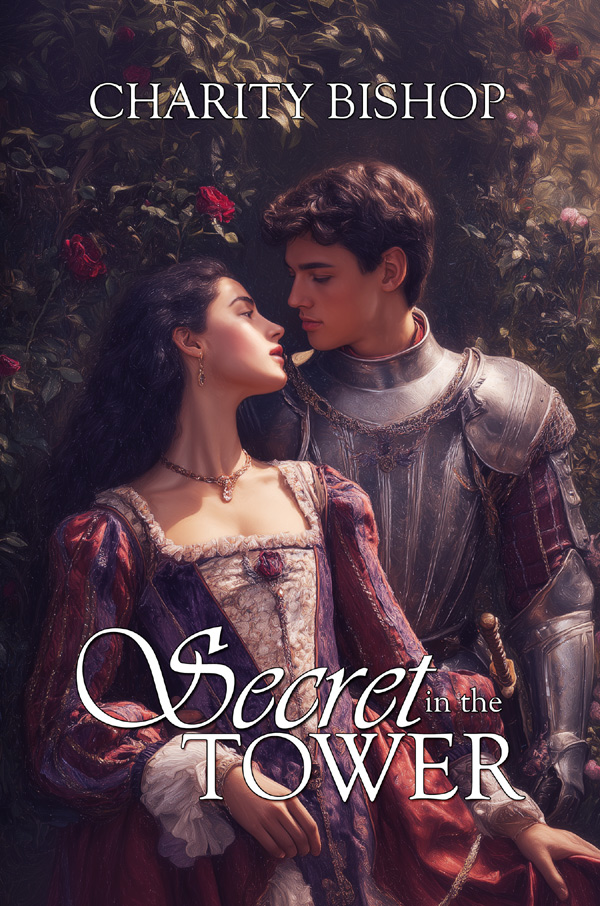
The two child-princes, Edward V and his brother Richard of Shrewsbury, Duke of York, were last seen in the Tower of London in 1483, after their uncle, Richard III, declared them illegitimate and took the crown. Most historians believe the boys were murdered, likely sometime later that year, and their remains concealed within the Tower. Who did it remains a hotly contested debate, with the blame often falling on James Tyrell at the request of Richard. (Sir Thomas More claims he confessed to the murders during his interrogation and before his execution for treason, but there is no supporting evidence for this declaration.) The boys were already presumed dead by 1485, and Henry married their sister, Elizabeth of York, to strengthen his claim and bring an end to the divisions that caused the War of the Roses.
Margaret also strongly supported Prince Harry’s marriage to Catherine of Aragon, as a brilliant political alliance and a way to repair the damage done with the death of Prince Arthur. It restored the English and Spanish alliance and built inroads for their continued protection from their enemies. Catherine came with an impeccable royal pedigree, a large dowry, and connections to one of Europe’s most powerful kingdoms. Margaret backed the union, not sabotaged it.
The show implicates her in the arrest and execution of Edmund Dudley to cover her tracks. No such thing ever happened, nor was he summarily executed without a trial.
The Fall of Dudley: Villain or Scapegoat?
Let’s talk about Edmund Dudley. While the show paints him as a sinister tax collector whose tyranny threatens the crown’s future, the reality is more complex and tragic. Edmund Dudley, along with Sir Richard Empson, was a key financial administrator under Henry VII. He headed the Council Learned in the Law, an institution designed to enforce fiscal penalties, bonds, and limitations on the nobility, especially those who might threaten the Tudor regime.
This, as you can imagine, made him unpopular! But he only did what the king authorized him to do. After Henry VII’s death, Henry VIII (eager to win the hearts of the people and distance himself from his father’s unpopularity) quickly arrested Dudley and Empson on charges of “constructive treason.” It had nothing to do with lawbreaking, but became a political statement. Their executions were a calculated sacrifice to cement young Henry’s popularity, not because of proven guilt. Dudley was scapegoated for his association with unpopular policies rather than for specific misdeeds. He even tried to win the new king’s favor from prison by writing a treatise called The Tree of Commonwealth, arguing for wise kingship. It didn’t save him, but it shows how politically astute he was and how he would have done anything to save himself.
The show gives the impression Margaret Beaufort masterminded this fall, but there is no historical evidence he swore defiantly from the scaffold or that Margaret had anything to do with it.
Henry VII’s Death Was Not a Bathtub Scene
One of the stranger choices in this episode is how Henry VII dies: alone, naked, and submerged in a bathtub, evoking humiliation rather than dignity. This revisionism feels like yet another deliberate attempt to emasculate him and it ticks me off.
In truth, Henry VII died on April 21, 1509, at Richmond Palace, likely from tuberculosis. He was surrounded by close advisors and by his son, Prince Henry. Chroniclers suggest he gave two final commands: Henry should marry Catherine of Aragon and to execute Edmund de la Pole, Duke of Suffolk. There is no record of any dramatic confrontation or isolation in his death. The historical Henry was shrewd, cautious, and austere, but never pathetic, nor did he lose control of his kingdom in the end. His final acts were coldly calculated, not desperate gasps in bathwater.
Margaret Pole: Innocent, Not Imprisoned (Yet)
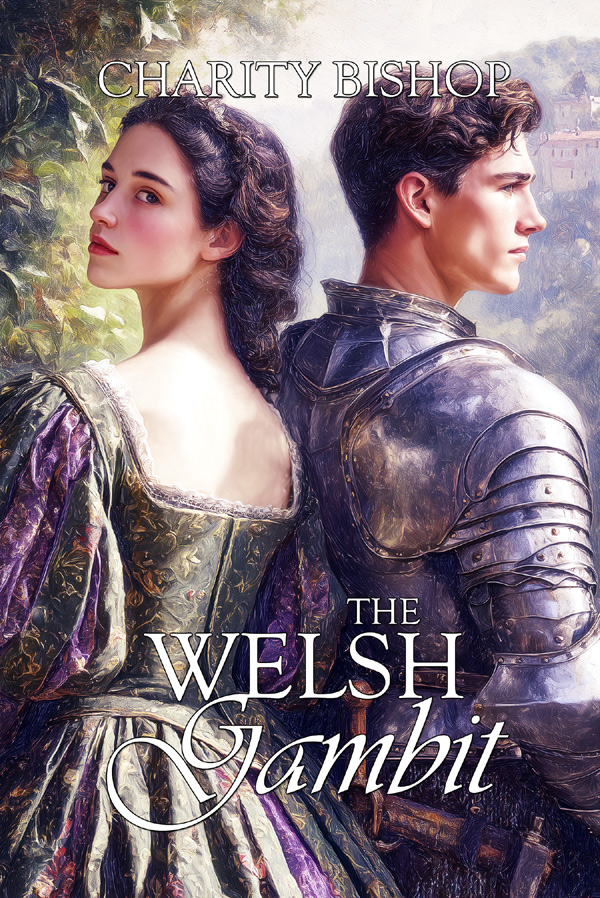
The show fabricates a subplot where Margaret Pole is arrested for conspiring with Suffolk. This is nonsense. At the time of Henry VII’s death, Margaret Pole was living in poverty after the death of her husband, a Welsh landowner. She was deeply in debt and forced to turn over her children to the church for their care. Her Yorkist bloodline made her a threat to the Tudors, and she had little political power or financial means. In fact, Catherine of Aragon restored her fortunes after her marriage to Henry VIII by paying off her debts and bringing her back to court as a sign of favor.
Margaret Pole did eventually fall from favor and meet a tragic end, but not until 1541, under the paranoid tyranny of Henry VIII. She was 67 years old, accused without trial, and executed in a horrifyingly botched beheading that appalled even her enemies. But in 1509, she was not a conspirator. She was a grieving widow and loving mother, not a political player.
A 1509 Mixed Faith Marriage Ceremony? Think Again!
One of the most implausible moments in the finale is the wedding ceremony between Oviedo and Catalina, a so-called “mixed faith” Catholic-Muslim union, seemingly sanctioned by both a priest and an imam. That kind of tolerance in 1509? Absolutely not.
It’s likely that both of them were converted Catholics in real life, rather than a mixed-faith couple. Spain was freshly post-Reconquista (a period in their history which saw the Christian reconquest of its territories from under Muslim rule) . Catholics saw Islam not only as a theological rival but as a dangerous threat. Muslims who remained in Spain after 1492 were forced to convert or face expulsion. Interfaith marriages were illegal under canon law, and unthinkable to devout Catholics. Oviedo would have been pressured to convert (and be baptized) before the union could be considered valid in any Catholic court.
The Real Catherine… and the Real End of Her Beginning
Catherine’s coronation with Henry VIII should have been a moment of richly earned triumph, underscored by the weight of dynastic expectation and religious scrutiny. The show almost captures this, but loses credibility in its eagerness to rewrite everyone around her… Margaret Beaufort as tyrant, Dudley as a madman, and Margaret Pole as a traitor.
The history was already compelling. It didn’t need to be rewritten.
Discover the Real Drama in The Tudor Throne Series
Step beyond the glittering lies of television drama and into the true heart of Tudor intrigue. In The Usurper’s Throne, witness the political maneuvering that brought Catherine to England. Follow her rise in The Secret in the Tower, where diplomacy and loyalty collide. And see her family’s fate unfold in Isabella’s Daughter, where Edmund de la Pole’s arrest, Juana’s arrival in England, and the Spanish alliance reveal the brutal chess game behind the Tudor court. Rich in historical depth, character nuance, and emotional realism, The Tudor Throne Series brings the Tudors to life as they truly were: brilliant, flawed, ambitious and unforgettable.
